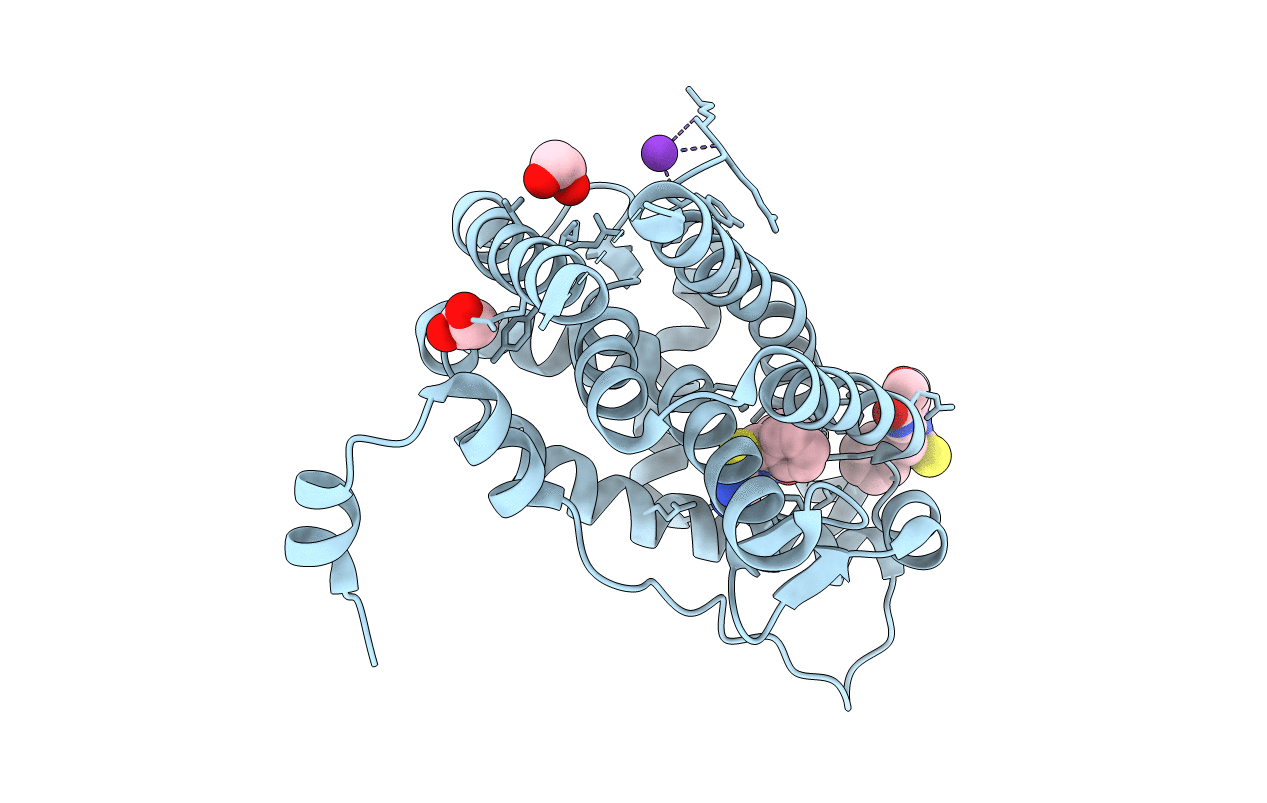
Deposition Date
2011-09-07
Release Date
2011-12-28
Last Version Date
2023-11-08
Entry Detail
PDB ID:
3VHV
Keywords:
Title:
Mineralocorticoid receptor ligand-binding domain with non-steroidal antagonist
Biological Source:
Source Organism:
Homo sapiens (Taxon ID: 9606)
Host Organism:
Method Details:
Experimental Method:
Resolution:
1.35 Å
R-Value Free:
0.16
R-Value Work:
0.14
R-Value Observed:
0.14
Space Group:
P 32


